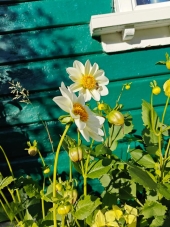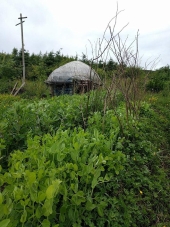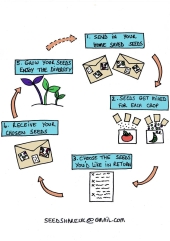Hello Blake,
Can you tell me more about the Dutch cabbages you are looking for?
We've got quite few red cabbages in the Netherlands. They are often named after the area they are grown and so there are several. Would any of those do?
The giant flat Dutch doesn't ring an immediate bell as to it's equivalent in the Netherlands, so it's probably lost its name along the road and been renamed "Dutch" in either UK or America. Any details you can give me and I'll keep a lookout for you.
Nice idea, a settlers veg garden

Edit: looks like marysheirloomseeds is the US has a flat dutch cabbage.
https://www.marysheirloomseeds.com/collections/heirloom-cabbage/products/late-flat-dutch-cabbage
Marieke











